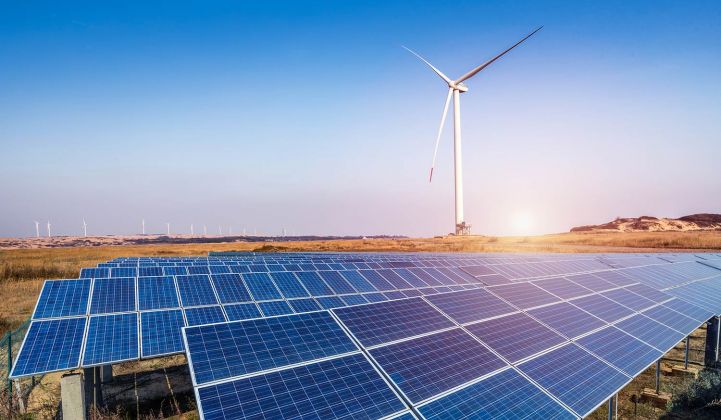The U.S. can get half of its electricity from renewables by 2030 — but it will take more than executive actions from the incoming Biden-Harris administration to get there. So finds a new report from Wood Mackenzie analyzing the investments and policy changes needed for the U.S. grid to reach 50 percent renewables by 2030. That’s not quite as aggressive as President-elect Joe Biden’s goal of a zero-carbon U.S. energy sector by 2035, but it’s still a lofty target that will require a radical reconfiguration of the country’s generation and transmission system to achieve. “Getting to 50 percent would require a pretty widespread change to the U.S. power grid, particularly if targeting a 10-year timeframe,” said Aaron Barr, the report’s author and principal consultant with WoodMac’s Energy Transition practice. “But it’s certainly within the realm of the possible. Many of the necessary technologies have reached technical and commercial maturity but require policy support to drive significant levels of deployment.” The Biden-Harris administration will have many options to act without congressional support to drive this kind of rapid decarbonization. These in themselves won’t be enough to hit 50 percent renewables by 2030. But they will be necessary precursors to getting there since they include key steps to modernize market structures and transmission networks that will lay the groundwork for further expansion, he said.
Executive actions to get to 37 percent
Executive actions on their own could allow the country’s renewables to roughly double to about 37 percent of total generation capacity by 2030, the report finds. Some of these are already part of Biden’s climate and energy plans, such as committing federal agencies to procure clean energy and improve energy efficiency, […]
Click here to view original web page at www.greentechmedia.com

